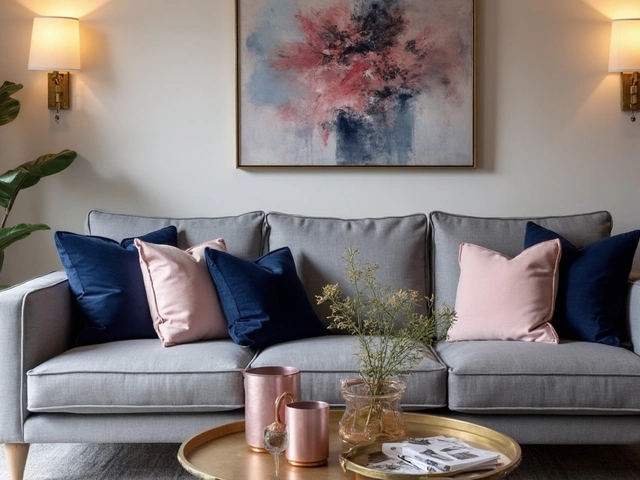TV Size Difference: What Really Matters for Your Space and View
When you're choosing a new TV, the TV size difference isn’t just about how big the screen looks in the store—it’s about how it fits your room, your eyes, and your daily habits. A 55-inch TV might feel perfect in a small living room, but in a larger space, it can disappear. On the flip side, jumping to a 75-inch screen might leave you craning your neck or sitting too close. The right size isn’t about the biggest number you can afford—it’s about balance. TV size difference, the measurable gap in screen dimensions that changes how you experience content. Also known as screen size variation, it directly affects your viewing comfort, eye strain, and even how you arrange your furniture.
The TV wall mount, a fixed or tilting bracket that attaches a TV directly to the wall. Also known as wall-mounted TV, it changes the game. Mounting your TV lets you control the height and angle, so you can avoid glare and get the perfect sightline. But if you pick a TV that’s too big for the wall space, you’ll end up with awkward gaps or a screen that overwhelms the room. And if you’re using a TV stand, a piece of furniture designed to hold a TV, often with storage for media devices. Also known as entertainment center, it, the size difference matters even more. A huge TV on a narrow stand looks unstable. A tiny TV on a large stand looks lost. The stand doesn’t just hold the TV—it frames it.
Most people don’t realize that viewing distance is the real deciding factor. Sitting too close to a 65-inch TV? You’ll see pixels and feel overwhelmed. Too far from a 50-inch TV? You’ll miss details and feel like you’re watching from the back row. The sweet spot? Roughly 1.5 to 2.5 times the diagonal screen size. So for a 65-inch TV, you want to sit about 8 to 13 feet away. That’s not a guess—it’s a rule backed by how human vision works. And if you’re in a smaller room, going bigger than 55 inches might not help at all. It might just make your space feel smaller.
What you’re really looking for is harmony—not size. A TV should feel like part of the room, not like it crashed through the wall. The TV size difference between a 50-inch and a 65-inch isn’t just 15 inches—it’s a shift in how you sit, how you feel, and even how you use the space around it. That’s why the posts below cover everything from wall-mount safety and stand alternatives to how lighting and seating layout change what size actually works. You’ll find real advice from people who’ve been there: the guy who bought a 75-inch TV and regretted it, the family that found the perfect 55-inch fit after three tries, and the tips that help you avoid the most common TV sizing mistakes. No fluff. Just what you need to pick the right screen—without the sales pitch.





